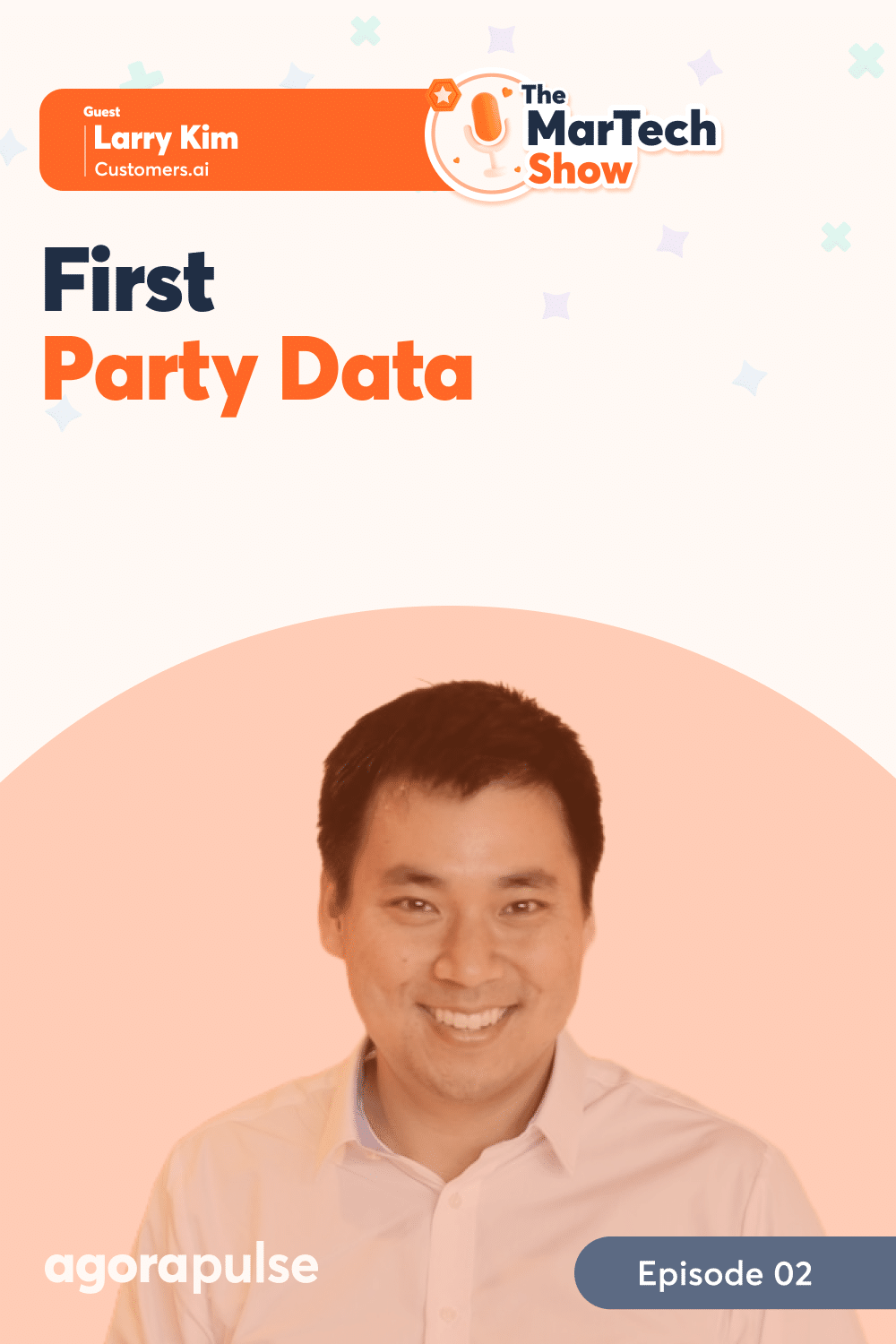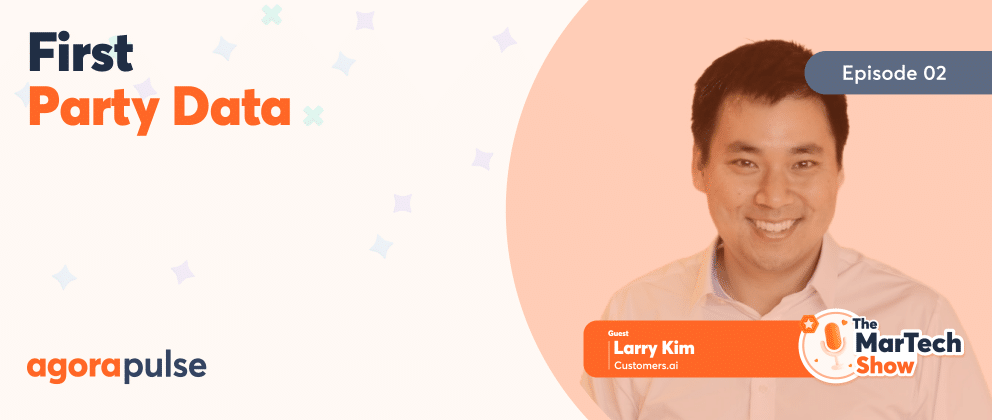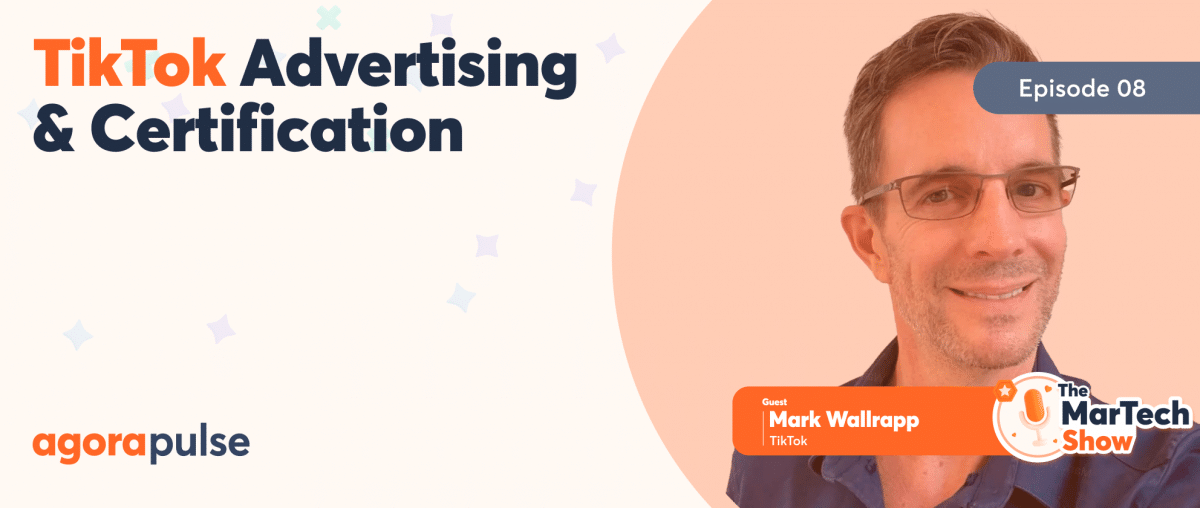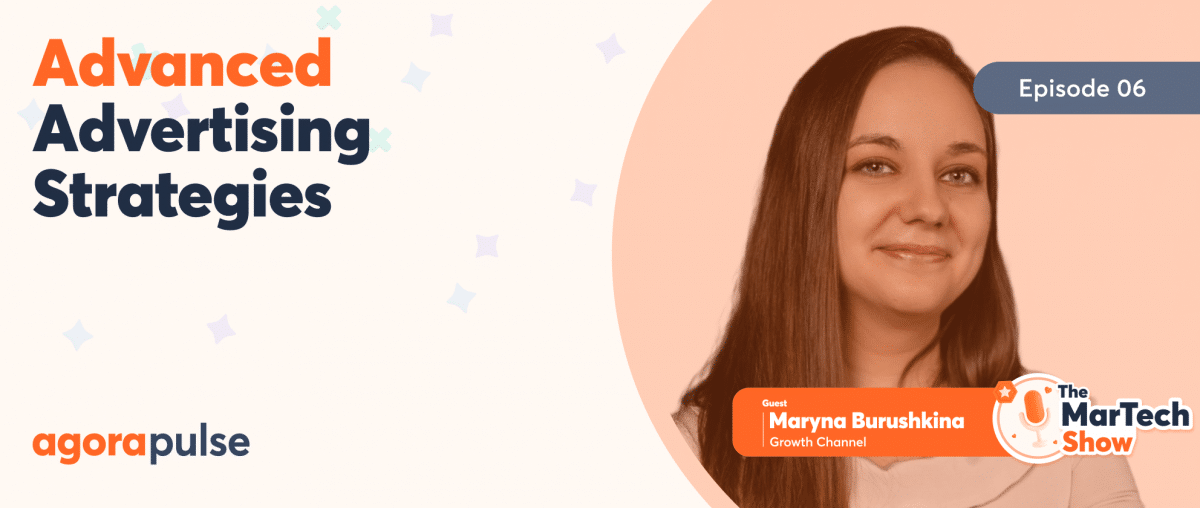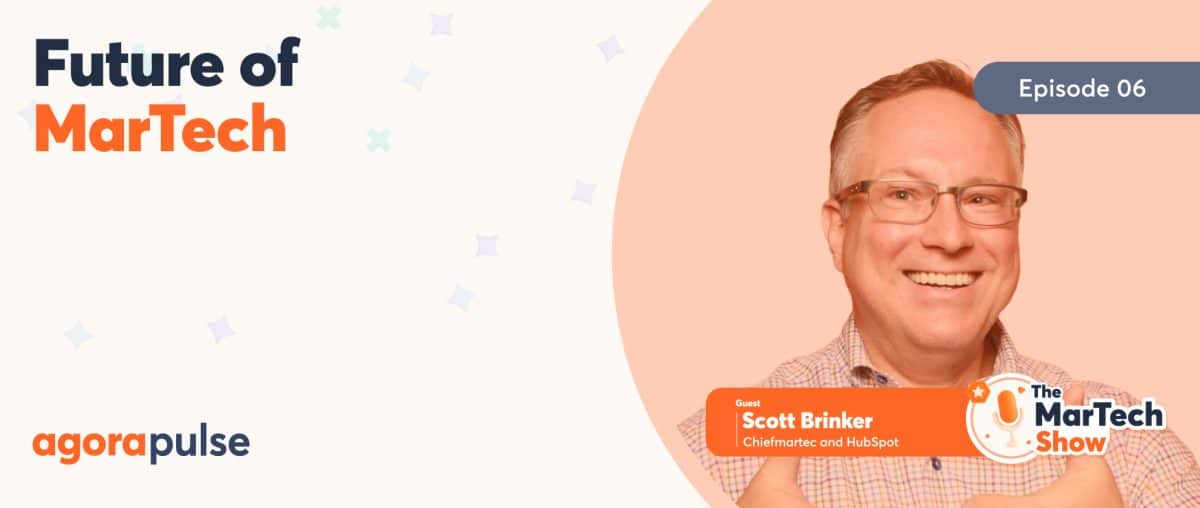Google is beginning to block third-party cookies in Chrome, Apple’s removed tracking parameters in ad links, and Meta’s rolling out free versions of their platforms. It’s a troubling time for businesses and marketers trying to leverage paid ads to drive targeted audiences to their website in a cookieless world. When a retargeted ad—an ad specifically targeted to someone who has already visited your site—tends to convert at 10X the rate of typical display ads, suddenly losing access to that kind of audience can be devastating to advertisers.
However, what marketers do need to come up with a strategy for is how to deal with the changes being imposed by Google, Meta, and others. Only 34% of brands have a strategy to accommodate the changes. While a first-party data strategy shift is logical and ideal, it’s not like you’re just flipping the switch from three to one.
Transitioning to first-party cookies and other ways of collecting first party data faces plenty of complications, which we’ll dive into today with Larry Kim in this episode of The MarTech Show, hosted by head of Strategic Partnerships, Mike Allton.
You can listen to the entire podcast below or read on for the transcript.
Big Tech Third-Party Cookie Concerns with Larry Kim
Larry founded WordStream, a PPC marketing company acquired by USA Today in 2018. He went on to build a new platform that is all about customer data solutions, Customers.AI. Larry is a guest lecturer at MIT, Harvard, and Boston University and a contributor to CNBC and Inc Magazine, as well as a frequent speaker at marketing conferences, helping businesses and audiences understand the power and potential of their data.
Mike Allton: Let’s dive in and let’s start by framing the problem.
What exactly did Google and Meta change recently? How has that impacted marketers and social media advertising?
Larry Kim: The big change over the last four or four years is the phasing out of third-party cookies. So, it started with Firefox back in 2019. And then the big first shoe to drop was iOS 14, where they dropped third-party cookies or those pop-ups that say, “Do you want to allow this app to track you?”
They made it like an opt-in rather than an opt-out. And so that meant that about half of the cookies no longer worked.
Then the final shoe to drop is Chrome right now. They’ve shut off about 30 million browsers of third-party cookies in January, and they expect that to get to 100% of their user base by the end of the quarter here in terms of who that impacts.
As far as marketers are concerned, I think it primarily impacts Facebook ads and Google ads.
The Facebook ad pixel and the Google ad pixel, they’re on tens of millions of websites. And that is a very important homing beacon that is used by both Google and Facebook ads to drive the results that we know and love in terms of remarketing and behavioral and interest-based targeting.
This is a big change. I don’t think marketers fully understand or appreciate the magnitude of what’s happening here.
How Does Third-Party Data Work?
Larry Kim: Third-party data is the least information from a third party. So if you wanted to get your ads in front of people who own dogs or love dogs or whatever, you could go on an ad network like Facebook ads, type in those demographics, interests, and behaviors that you were interested in, and you could generate that kind of engagement using third-party data. And that was the data that Google and Facebook were using, too.
The reason why it’s being dumped is because it was abused.
You put that Facebook ad pixel or Google ad pixel on your website. And what you might have not realized is that those pixels were then phoning home every bit of information from your website. In terms of every visitor, what they were doing, their identity, etc.
And, that was then being leased out to tens of millions of advertisers.
So, that’s third-party data: when you’re leasing other people’s information through an intermediary.
What’s First-Party Data?
Larry Kim: First-party data is basically your competitive advantage, your strategic competitive advantage. It’s the people who are visiting your website. It’s the data that they provide. It’s the actions and intent that they bring to the table. That’s your information. You own it. and, and that is pretty much the core data asset, for marketers to execute on various marketing campaigns in terms of how does that improve conversions?
The more you know about the visitors to your site, the more likely you are able to either qualify or disqualify them, as well as to get them in front of offers or products and services that are more likely to resonate to those particular individuals.
Hopefully, that gives you the background there.
Mike Allton: Sounds like, ideally, we would have systems in place that are not only collecting this data, but reviewing it and automating certain processes to best convert those folks who meet certain criteria, but for businesses, we’re just sorting this out. Maybe they don’t have big budgets.
Other Tools and Their Challenges
Are there alternatives that marketers can turn to today to explore without necessarily having to pay for a tool or a bunch of custom development?
Larry Kim: That’s the business that we’re in right now. My company Customers.AI has a first-party data pixel that businesses can put on their business websites, like e-commerce stores or B2B sites.
You can just put a pixel on your website. This can provide similar identity resolution and remarketing capabilities that the Facebook and Google ad pixels were able to execute on your behalf, but in a first-party context rather than a third-party context.
The difference here is—and this is kind of nuanced—the Facebook and Google ad pixels, like they could identify 30 to 50% of website visitors. Why? Because using the power of third-party cookies, there was a good chance that people were logged into Facebook or Gmail. And so they had an identifier in your cookie stash there.
That was a free way of getting all this access. You could argue, “Sell, it’s not free. It was there.” You have to pay for the ads, but you didn’t have to pay for the pixel. The way they were monetizing it was they were then leasing out your data to other advertisers.
So, the alternative, if you were to rethink that scenario, there certainly are benefits in that equation, like being able to identify people that haven’t filled out forms on your website just yet, and to be able to have a second chance to get your messaging in front of them through ads and stuff like that. That’s certainly valuable for markers. Like, in fact, one of the most effective ways of doing advertising is remarketing.
The problem is how do you do that in a first-party context?
And the answer is: There’s a new class of products and customers. AI is one of them, but there’s others in the market as well, of first-party data pixels. And you put these on your website, and it just tells you everything about the people who are visiting your website, like their name, last name, emails, phone numbers, mailing addresses, whatever you need to know. Pixels can provide enrichment to the first party website data that you’re generating.
So, how do you use that data to power email campaigns or ad campaigns? Not by being resold into some gigantic 20 million advertiser network, which is how this is compliant. And this is an industry shift, where because of those use cases that we were used to, like remarketing, did rely on third-party ad pixels and that Google and Facebook are not rolling out like replacement identifiers.
The alternative is to explore these first-party data pixels like Customers.AI and others.
Mike Allton: So, you’re saying: Due to privacy concerns, Google, Facebook, and others, they’re no longer going to identify visitors to our websites, which would have previously allowed us to advertise to those visitors.
Once they go back on those other platforms, someone comes to us from Facebook, our website recognizes them and does the Facebook pixel. We can then advertise to them on Facebook.
We’re not going to be able to do that anymore.
The only alternative, it sounds like, is to bump up our investment in first-party data, which means collecting information ourselves, or using tools like Customers.AI to help us identify those people, which we could then advertise to or email market to in other ways. Google Analytics, Google Search Console, are zero help whatsoever. Is that right?
Larry Kim: Yeah, they’re moving away from individual tracking and more about sampling and estimated conversions. The way to do this going forward is to really bulk up on your first-party data collection and build up systems and processes to automate the processing and usage of that data in various marketing campaigns.
History Repeats Itself: The Golden Age of Marketing
Just think back, Mike, 25 years ago, in the 90s, the companies that were killing in marketing were the companies that had a lot of first party data, like Walmart or Harrah’s Entertainment or any big data companies from 2010 to 2020.
That was the golden age of marketers when Facebook and Google were trying to kill each other by providing tons and tons of free data. (Not free, exactly, but free if you use their ad platforms, and free analytics capabilities to battle to provide the best possible ROI.)
Then, in the last few years, it’s a pendulum swung back the other way where, for whatever reasons, Google and Facebook are no longer feeling the pressure to continue that battle for the best data, and then the best analytics are content that allows third-party cookies to disappear a lot.
And the advantage goes back to the types of companies who are able to stockpile and enact on tons of first party data.
Mike Allton: I think it’s driven a lot by GDPR (General Data Protection Regulation) and other privacy legislation specifically coming out of the EU.
The Workaround Customers.AI Provides
Mike Allton: Let’s talk about CustomersAI. Share with us a little bit more specifically about what your solution does and how it helps marketers in these situations.
Larry Kim: Again, this is a first party data pixel that you put on your website. And what it does is that it identifies a significant fraction (say, 20-25%) of your anonymous visitors.
Now, remember, even in the heyday of Facebook and Google remarketing, those products could only identify 40-45% of website visitors. It was never a hundred percent. These products can figure out who’s visiting your website.
This is not a third-party thing where you’re just getting a random list of prospects from some guy in a van down by the river. These are your ZoomInfo or Apollo, where you just get a list of CMOs or something that is third-party data.
This is your data. This is your website data, like through your inbound social or inbound email or in inbound social, SEO, content marketing efforts, your audience. And we are providing additional data points on your audience. We allow you then to stockpile it in an audience manager. And an audience manager is just a data warehouse of all of the people who have visited your website, as well as all of the people. All of the interactions and data that we have on those people.
So, if you’re doing marketing, there’s two important things in your target buyer: There’s qualifications and intent.
Qualifications
Is this the right type of person who is qualified to buy the products or services that we are selling? And that could be demographics, either B2B or B2C demographics, like are they married? Do they own a house? Do they live in the right geography? Do they have kids? What’s their net net worth? There’s hundreds of these various B2C type demographics.
This works for B2B as well. We have all the job titles, company size, revenue, and whatever. So, we’re able to enrich that information.
Intent
The other thing that we can do is that we can score the intent of those articles’ website visitors. The way we do this is we just track everything they do on your website, which is exactly what the Google and Facebook pixels used to be doing, except that they were then subleasing that data out to 10 million advertisers.
We can track:
- the clicks
- the scroll depth
- what URLs they clicked on
- what emails that you sent that they opened
We can find repeat visitors, like people who spent more than five minutes on the site,cumulatively. We can measure the intent, like all these data signals in a first party context. We’re not going to give you any data of everyone, anyone else, and you don’t have to worry about your data going on to some farm.
This is first-party data.
And then using the qualifications and intent, you can create audience segmentations. Audience segmentations could be, for example, maybe people who are ready to buy. And for those people, let’s just send them a coupon code with a buy now. That creates that audience segmentation and direct them to an action like sending an email. With other people, you might determine that they’re not quite ready to buy. So instead of sending them an email, you might take that audience data and send it to say a TikTok ad or a LinkedIn ad or a Facebook ad or a Google ad.
There’s different actions and different audiences. And this all comes together in a first-party data pixel/audience manager.
Mike Allton: Thank you very much for sharing that because it really helped illustrate for me in my mind. If I can identify like six key pieces of content that already exist on my website and I know that if somebody’s consuming that content, that’s a clear intent that they’re ready to purchase my solution. That could be fed into Customers.AI and segment that audience that way.
Larry Kim: You would specify the key high value URLs like pricing or a comparative analysis chart or something. Then you could take whatever action you want. It could be a Slack message to a BDR team, it could be dumping that data and flagging it in Salesforce.
There’s different actions, and this is all dynamic, Mike. As soon as it happens, if it falls into there, there’s automation to create that gets graded. As soon as that person expresses themselves through the actions that we require, then it can automatically do the follow-up with either emails or Slack messages or sending a postcard or voicemail or sending a text message.
All these different types of actions are automatable, and I think it’s very exciting.
How AI and Automation Responds to This Data
Mike Allton: Speaking of automated, you’ve got a lot of integrations, right? That would handle all of these actions we’re talking about.
Larry Kim: Yes. We have some rudimentary emailing and texting tools in our platform because those are such simple use cases, but there’s really an unlimited number of things that a business might want to do with customer information.
And so to facilitate this, rather than trying to build for all of those different use cases, we just provide connectors and integrations to the platforms that already provide those types of follow-up actions.
As an example, through Zapier or through native integrations, we can send this data through to very popular CRMs or ESPs like email service providers, like Klaviyo or Sendlane or MailChimp, or HubSpot or CRMs like Salesforce or Shopify. And there’s so many other ways to make use of this data.
There’s AI handwritten postcards. They’re not really handwritten. There’s a robot that moves the pen and makes it look like it’s handwritten. So you could use the data that you have on Mike Allton, like the mailing address, like all your job title interests. We could have a generative AI come up with an interesting message and customize it based on your demographics.
And it’s pretty cool. Zap that data over to a postcard provider that then sends up an automated follow-up offer through the mail.
Of course, another popular integration is with ad platforms. So taking the data and sending that data back to audience managers so that you can power remarketing type motions.
It’s the golden age of 2018 again, before everybody started losing visibility into these important datasets. But I’m excited to say that it’s being done in a compliant, first party way.
The reason why Google and Facebook got shut down and why these browsers were blocking all this stuff is because what they were doing was not disclosing it.
So, there’s a lot of great content that you could do with your ads.
Data Enrichment (No Cookies Needed)
Mike Allton: Speaking of Google and cookies, we’ve got this question from Dell:
“So the Customers.AI product doesn’t use the cookie technology to match and identify the data?”
Larry Kim: No, we don’t use any third-party cookies, because otherwise, how would this product work?
We’ve come up with a different way.
We probably don’t have enough time to explain how this works, but it uses a lot of data analysis and information to compute that.
A simple example, Mike, that I’m sure everyone is familiar with, is location enrichment. Even in products like Google Analytics, if you drill down to people, it’ll tell you like the city, state, country. Sometimes it’ll even give you longitude and latitude. That’s an example of first party data enrichment.
Somehow, there’s a way to map IP addresses to physical addresses. Using these databases and using that information, you can augment the data that you have the IP address of the visitor with the data that you didn’t have the location of the browser.
And so we’re just extending on that modality of data enrichment to be able to fill in more gaps.
Lookalike vs. Similar Audiences
Mike Allton: Your tool can automatically update the target audiences that we’re using on like, say, Facebook. So, you might have an ad set that is specifically targeting folks who went to the pricing page, for example, of your website, but didn’t do something. So we’re going to market to them in that way.
What about lookalike audiences?
Larry Kim: My spiel on lookalike audiences is the redheaded stepchild of Facebook ad targeting.
For as long as I’ve been doing Facebook marketing, since 2008 or 2009, they’ve had similar audiences, but it was buried. It was in the audience manager. You had to then create a clone of a first-party audience file that you upload.
And then from there you could create a similar audience. This thing has been around. Similar audiences have been around forever. It’s just viewed as the data targeting that you use if you don’t have audience data. The primary way that you should do this is by having good data.
Now a lot of times you either don’t have that data or you don’t have enough of it. And that’s where similar audiences comes in.
My beef with similar audiences is that the audience sizes that could get computed by Facebook and Google are enormous. Like, if you’re doing advertising in the United States of America, the smallest audience segmentation that you can generate is 3 million people. That’s the smallest size. It’s probably too a little big, is my thinking. Why not just segment the audience into smaller groups of a hundred thousand each and then provide more targeted messaging to each of those hundred thousand rather than giving all 3 million the same message?
All this to say that using first-party data and products like Customers.AI means you don’t have to go back to the redheaded stepchild of ad targeting, which is similar audiences. You should have more first party data to use to target people who really are interested in your products and services. You could have enormous ad budgets and maybe the amount of money you want to spend on ads surpasses the size and extent of your first party audiences.
In which case, you’re still better off because what you’re doing is providing more data to the Facebook and Google algorithms to compute the similar audiences. They’re more likely to be correct than have you asked for the smaller audience being provided a third of the amount of data.
Is there any other particular piece of data that you haven’t mentioned, that we should talk about that we’re going to learn about these people who are visiting the site?
Larry Kim: I would just say that it’s a ton of data. And the thing about data is you never know when you’re going to need that data. Like say you’re collecting email addresses and later on, a year from now, you decide to try postcards or something like this.
It’s actually very hard to go back in time and ask people for the data. In hindsight, we’re providing a significant amount of data enrichment. Some might wonder, “Why so many data points? Don’t I only need like one or two things?”
Then the answer is: You never know. And it doesn’t cost any extra.
We’re just future-proofing the first party data that you’re collecting, if that makes sense. And then it’s mostly related to the identity, as well as the intent of these users.
Intent Signal Is Not a Static Signal—It’s Ongoing
If somebody becomes a repeat visitor, then you could have a repeat visitor segment, and then that person who was not previously in the repeat visitor segment would then get promoted into that repeated visitor segment.
Maybe it’s a workflow where you say, “Ah, he just visited my blog, but we’re not ready to start seriously emailing and sending them a hard sell, pushing to ads.” When that person clicks on an ad, we would then register that increase in intent as they click on an ad, and we can look at the UTMS and tell you which one it was, and they would now prove themselves as a repeat visitor.
What we’re talking about here is, believe it or not, this was all the data that Facebook and Google was sending back with those Google pixels through the third-party cookies and the ad script, but they would never show that to you. It was all a black box.
What we’re saying is it’s not that complicated. Like you can use an audience manager to create these different segmentations. But it’s your data now and you own it.
Mike Allton: I just want to underscore those segments, particularly that the intent segment will automatically update over time. We definitely want people coming back to the site, coming to different events like webinars, blog posts, all those sorts of things.
And then I love the point you made about buttressing against the future, so to speak, because you mentioned a while ago. No one’s going to want a thousand format on their form on their website because no one’s going to fill out that form. But a more realistic example is most people try to reduce the number of questions that we’re asking on our forms because good marketers know the fewer questions we ask, the higher conversion rate for those forms are going to be.
I’ve been doing email marketing for over a decade. My early email forms only asked for emails, so I don’t even have the first name of the people that signed up for my list five, ten years ago. I can’t address them by first name when I’m trying to personalize content. If I was using Customers.AI, all that data would be enriched, and we’d be able to speak to those folks personally and dynamically.
GDPR and Privacy Concerns
What is the risk, if any, from a privacy or GDPR perspective?
Larry Kim: We use France’s resources on Le Monde.fr to personalize your marketing and to augment our marketing partners.
The antidote for privacy concerns is disclosure.
What they didn’t like about Google, there it is online. We use cookies and similar technologies during your visit to the site in order to gather information, including personal data, such as your IP address, unique identifiers, and navigational data.
The antidote of privacy concerns is providing complete transparency in terms of what data is being collected and how it’s being used. And I am absolutely not advocating that you secretly do things, like reselling data.
This is your first-party data. Clearly disclose in your terms of use, in your private website, in your privacy policy. If you wish, you can even force a pop-up to accept those data and terms of use that you’re setting. And that’s actually not even required.
What is required is that you disclose it somewhere.
And, beyond that, we want to make it as easy as possible to allow customers to opt out of such a data collection. And so we’ve implemented incredibly robust ways to allow the user to opt out of this stuff with one click, not by sending them to a thing that tries to trick you with a confusing user interface.
“GDPR is not a suicide pact. It’s just fighting against the abuses of big tech companies like Google and Facebook, which were doing incredibly terrible things.”
For those who want to learn more, check out Larry Kim on Twitter, LinkedIn, or email larrykim@customers.ai.
Thank you for listening to another episode of the MarTech Show, hosted by Robin Dimond and Mike Allton, powered by Agorapulse, the number-one rated social media management solution, which you can learn more about at agorapulse.com.
If you want to make sure you’re part of our audience during live weekly broadcasts, take a look at our calendar, or click the subscribe button in your email.
Once you register for any of these events, is there a particular tool or topic you’d like to see us talk about? Or perhaps you think your solution should be featured? Email mike@agorapulse.com.
